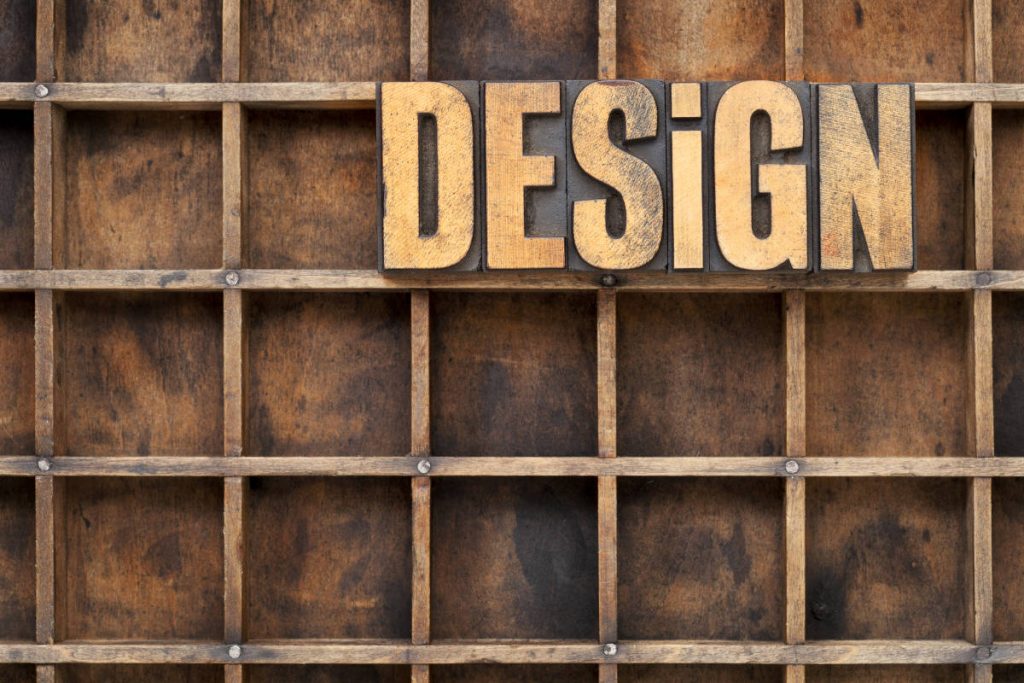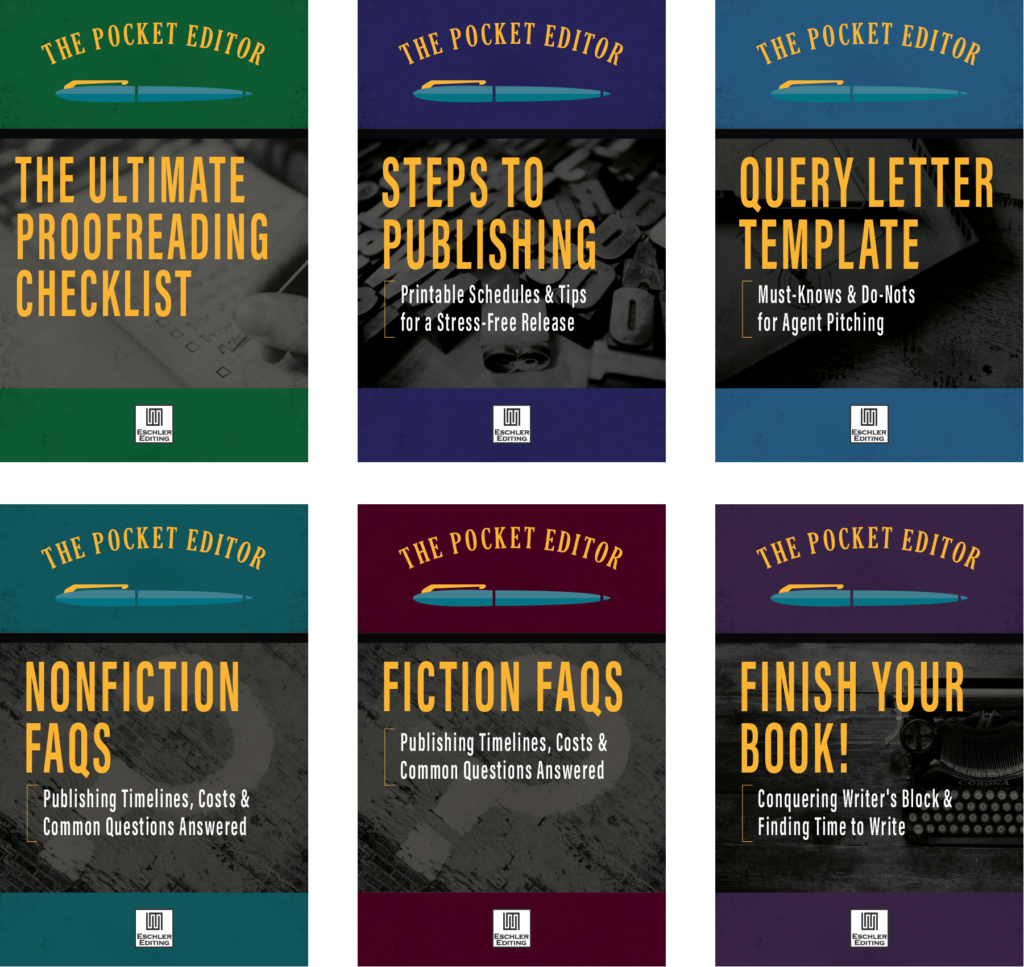by Brian Halley with Mike Nash
Book-cover design is about getting the reader’s attention (hooking them) and then reeling them in with promises about what transformative and/or emotionally and intellectually exciting experiences they’ll get from the book.
If it’s narrative nonfiction (a memoir or biography or immersion-journalism experience), you want striking images and titles that speak to the reader’s desire to experience emotional intensity, growth/enlightenment, or to satisfy their curiosity.
If it’s for inspirational/motivational, business, leadership, etc., the reader wants to know how your book will change their life, business, or relationships.
We have a great post on choosing attention-grabbing book titles here (the foundation for your design), but today’s post offers insight into what makes for good design and how your design should support, enhance, and connect to your title.
Our friend and branding/design expert Brian Halley will be your instructor. Bask in his wisdom below:
I want to talk about great nonfiction book-cover designs, but before we give you our best-of list, we want to calmly say something to business authors whose books look like wannabe software-packaging boxes and who fill every inch of space with bad fonts screaming “BUY ME! BUY ME!!” like a toddler throwing a tantrum: please STOP!
I’m not sure who started this trend, but apparently everyone decided to copy your bad example, and now when some innocent person accidentally gets caught in the business aisle at the bookstore, they have to run through a gauntlet of gaudy covers assaulting them from every direction, hitting and crying and stamping their feet until someone gives them what they want. ARGH!!!
Okay. Glad I got that off my chest. Now, onward . . .
Some authors and designers (thank you) have realized that with the plethora of badly designed business covers on the shelf, they have an opportunity to stand out by simply using a good design to sell their book. (I know, crazy concept, right?) So, after perusing Google, these were our favorites (in no particular order).
We like this cover for its straightforwardness. The design doesn’t get in the way of the message but instead is essential in communicating it, which is . . . Start. Just do it. Easy. And the tongue-in-cheek checklist is a refreshing retake on the old tagline. We also like the toggle switch.
This cover is one of our favorites because of its unapologetically macho in-your-faceness. The bold colors and fonts complement the Zeus-like graphic and demand your attention. We also like Seth’s book cover for Tribes.
Create Distinction, by Scott McKain
Again, the design supports the title. Notice the color and subtle separateness of the word distinction. The background color is so distinctive this was the only well-designed business cover we found in black.
This is our favorite by far because of its concept and flawless design. The author and accolades take second stage and allow the design to speak for itself. Breathtaking. The use of negative space is excellent. Fight the urge to fill every inch of space. It’s much easier on the eye when there’s less to take in.
Predictably Irrational, by Dan Ariely
This design is fun. We like the use of complementary color and clever typography. Both function to convey the message of the book.
The Power of Habit, by Charles Duhigg
We love the childlike, playful nature of this design. It is appealing when it is surrounded by books about marketing tactics and business-building strategies. Refreshing and fun. The yellow is a happy color and subtly hints that it’s a simple, “for dummies”-style book. We also love the hamster wheel. Great concept!
A Whole New Mind, by Daniel Pink
We have to like this book on principle since it talks about how creatives will rule the world one day. Yay! We like the design, too. Good thing, or else we might question Mr. Pink’s credibility. We like how the design takes on a left-brained, technological feel that juxtaposes the message of the book. It’s bold and well done.
Positioning, by Al Ries and Jack Trout
The best part about this design is its typography. We love how it feels like the word positioning is vying for position on the page.
This design gets its power from the bold use of red. It demands attention. The typography of the larger great also helps raise the level on the design.

We love the unique title and design. This book definitely stands out on the shelf and draws readers in. There is a wonderful mixing of graphic and typographic elements at work here. Very refreshing.
Made to Stick, by Chip Heath and Dan Heath
We absolutely love the duct tape! It looks so real we had to order the book to feel it for ourselves. Awesome way to take the concept of the book to another level.
Good Company, by Laurie Bassi, Ed Frauenheim, and Dan McMurrer
While this design does leave a little wanting with its font choices, we do love the concept and color usage.
This cover is a work of art. Notice the rich color softening toward the bottom, as well as the opacity used to soften the title? We also love the artful graphic and the wonderful use of negative space.
Difference, by Bernadette Jiwa
We love everything about this cover, especially its “difference.” Font, color usage, negative space, typography in the title, the test-tube-turned-heart graphic . . . beautiful perfection.
The Thank You Economy, by Gary Vaynerchuk
We are intrigued by the title and graphic, and we would like to say “thank you” to the author for helping us pronounce his last name.
This cover works exceptionally well as the image evokes the same feelings as the title: open, free, clear, nomadic. With the title working as the dominant focal point, it has the visual weight to draw and maintain the viewer’s attention. This poignant design approach speaks to the “immersive” part of immersion journalism by inviting the reader into the trailer, onto the road ahead, and into the story itself.
Hillbilly Elegy, by J. D. Vance*
In contrast to Nomadland, Hillbilly Elegy doesn’t force your eyes to a dominantly framed title. It lets you wander over the whole image, taking it in piece by piece. The road, our primary movement element, takes your eyes not to a focal point but to an unaffected background. Perhaps the most interesting part is that the road curves to the right, so we are unable to see what is ahead, which is symbolic to the approach the author takes with this memoir about the loss of the American dream for the slowly-diminishing middle class.
So, to wrap it all up, here are some tips taken from some of the best nonfiction book-cover designs of 2017.
#1 Negative space: less is usually more.
#2 Bold, flat colors and graphics: we gravitated toward the oranges, yellows, and reds; however, there are lots of orange covers, so it may be adventurous to try something different.
#3 Fonts are critical! They can make or break your cover. You really need to understand the basics before permanently putting them on your book. You can go here and here to learn more and see examples.
#4 Concepts are more powerful than just typing on your title. They compel readers to pick up your book.
For more tips on a fool-proof process, see how traditional publishers do it: you can get an idea of how many people are involved in making the “cover decision” at traditional publishing houses, and the extensive process they go through to ensure they have a winner (because it’s THAT important!), by checking out this video. (The meat of the discussion happens about five minutes in.)
Great stuff, huh? If you’re interested in having a pro like Brian design your cover, contact us here.
*Note: these two book covers were reviewed by Mike Nash, our intern and member of our Eschler Editing team.
____________________________________________________________________________________________________________
Brian Halley is the founder and director of Right Think, a professional branding company. Brian has over 16 years of experience in branding, design, and messaging. Right Think doesn’t just want to design your logo and send you on your way—Right Think wants to help you craft a brand that will stand out and be remembered. If Brian were to take over the world, his first edict would be to banish bad design forever, starting with the Comic Sans font. Good design makes him happy. When he’s not out battling the evil forces of bad design, he is either watching a movie with a big bowl of popcorn or playing soccer. His most favorite things of all are his cute wife, Emily, their three amazing kids, and their dog, Coaster.























Only 4 of these covers drew my eye.
Good Company
Enchantment
Nomadland
Hillbilly Elegy
Wow, some great ideas. It’s certainly not easy to come-up and design a book cover specially when you want to boost sale right from the start. I am planning to have ebooks written from Ghost Ebook Writers and needed some ideas for the book.